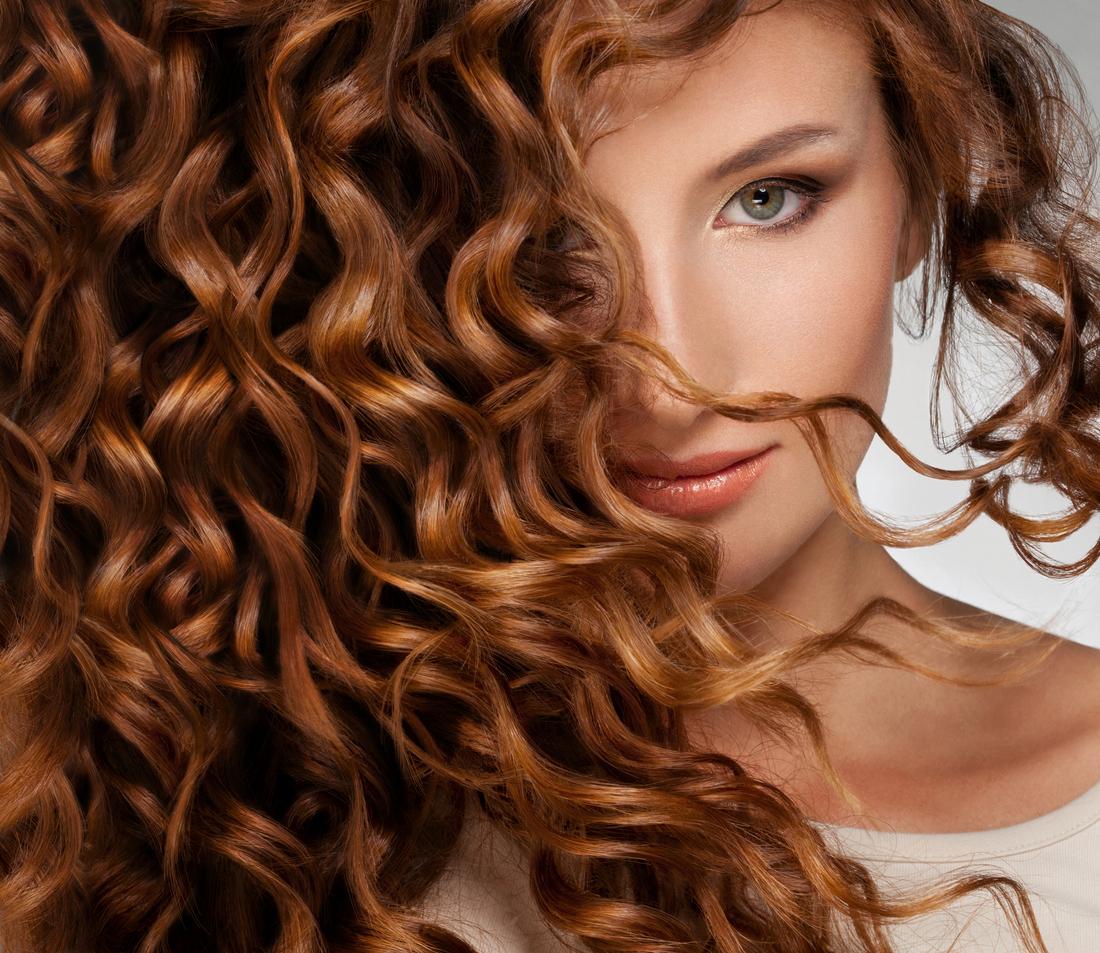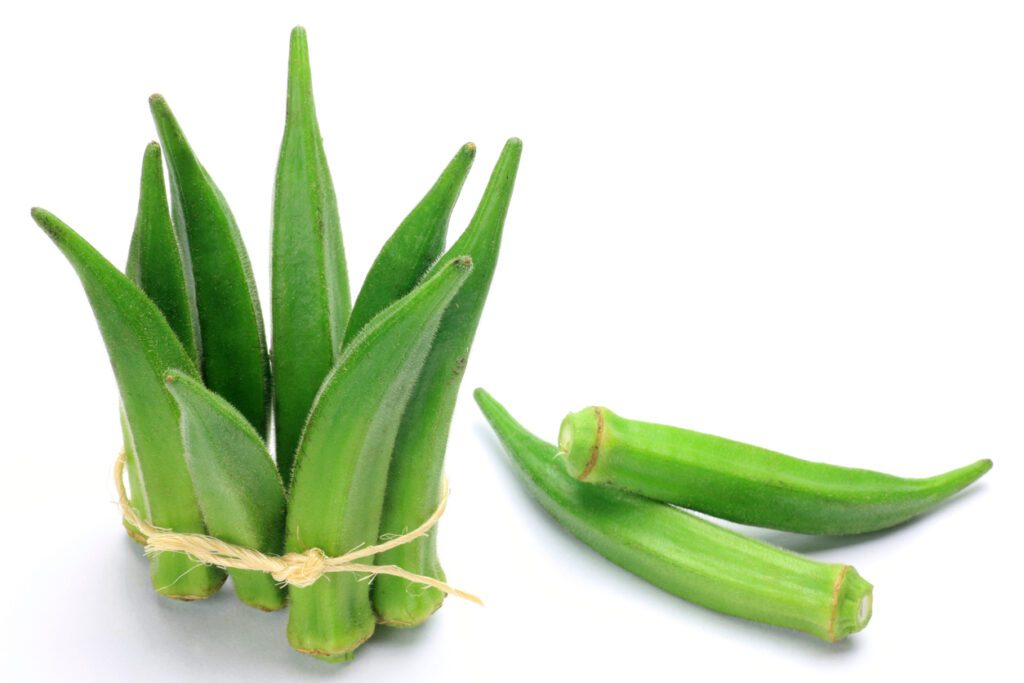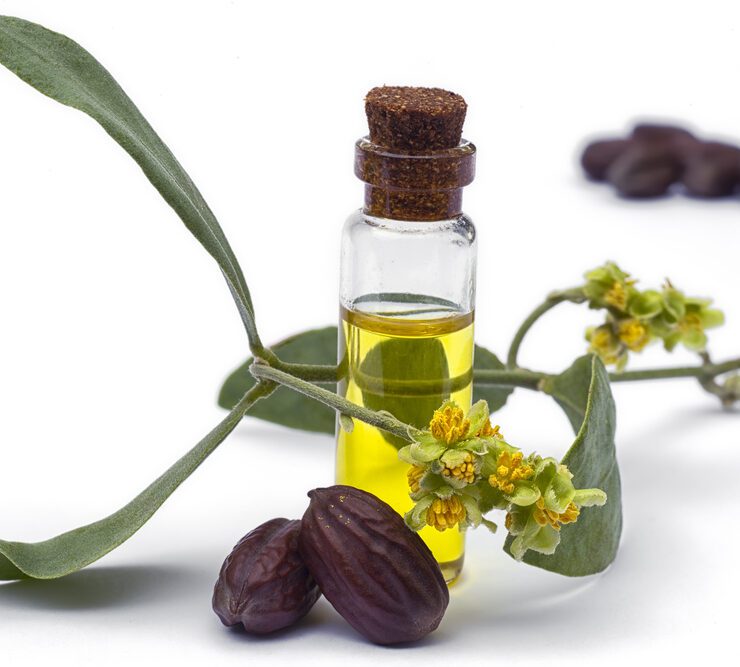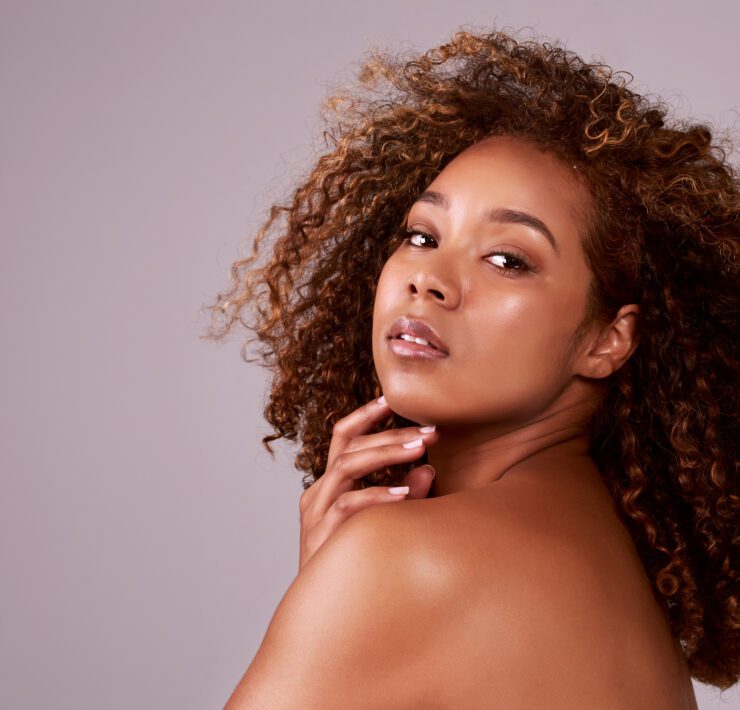
What are humectants and how are film-forming humectants different?
Simple humectants, such as glycerin, propylene glycol, and sorbitol, attract and bind water vapor from the surrounding air when it is abundant. This helps your hair remain hydrated. Moisturized and hydrated curls have good elasticity, bounce, and definition. Simple humectants also prevent a hard hold hair gel from turning the hair dry and crusty. By taking water vapor from the air, simple humectants keep the gel in your hair hydrated and flexible.
Simple humectants work well when the humidity is just right. But beware. Under low humidity or low dew point conditions, these humectants can pull moisture from the hair. This is one reason why humectants such as glycerin and sorbitol can release water fairly readily and make the hair feel very dry in winter or dry climates.
Conversely, in hot and high humidity climates, simple humectants can draw moisture into the hair, raising the cuticle layer, and causing frizz. This is why many curlies living in hot and humid places (such as the Caribbean and Florida) should avoid glycerin, propylene glycol, and sorbitol in their styling products for frizz-free hair.
In contrast, film-forming humectants are large, complex molecules that form a film over the hair keeping moisture in to prevent the hair from dehydrating, or from pulling water vapor into the hair. What’s amazing is that they work well in any weather!
When a film-forming humectant forms a clear flexible film over the hair, water inside the hair is sealed in and has to pass through the film. This results in less water loss from the hair to the surrounding air, and conversely, prevents frizz-causing moisture from entering the hair.

What are film-forming humectants derived from?
Many film-forming humectants are derived from plant tissues. They are typically slippery, like a gel, clear, and dry smooth. Common film-forming humectants include:
- Flaxseed gel
- Okra gel (made from okra seed pods)
- Aloe vera
- Marshmallow root
- Slippery elm
- Carrageenan (also known as Irish moss or seaweed extract)
- Hydroxyethylcellulose
- Pectin
- Xanthan gum
- Guar gum
- Nettle leaf tea or nettle extract
- Hydroxypropyltrimonium honey
Protein-Based Film-Forming Humectants
Other complex humectants include proteins from plant and animal sources, which help slow water loss from the hair. Hydrolyzed proteins and amino acids can get inside the hair shaft to moisturize from the inside whereas non-hydrolyzed proteins form clear films on top of the hair. Hydrolyzed proteins typically stay in the hair even when the hair is rinsed and thus can also be used in conditioners and deep conditioners.
Examples of smaller proteins include:
- Most ingredients that say hydrolyzed [source]
- Peptides
- Amino acids (names such as arginine, threonine, proline, etc.)
Examples of larger proteins include:
- Keratin
- Collagen
- Silk protein
This one-of-a-kind Guide to THIRTY (30) GELS is ONLY available with a subscription (you will also get access to the 1200+ salons/stylists database and all the Ultimate Guides shown in SHOP).
The GELS contain film-forming humectants and are devoid of glycerin, sorbitol, and propylene glycol. TO GET YOUR COPY NOW SUBSCRIBE HERE.






